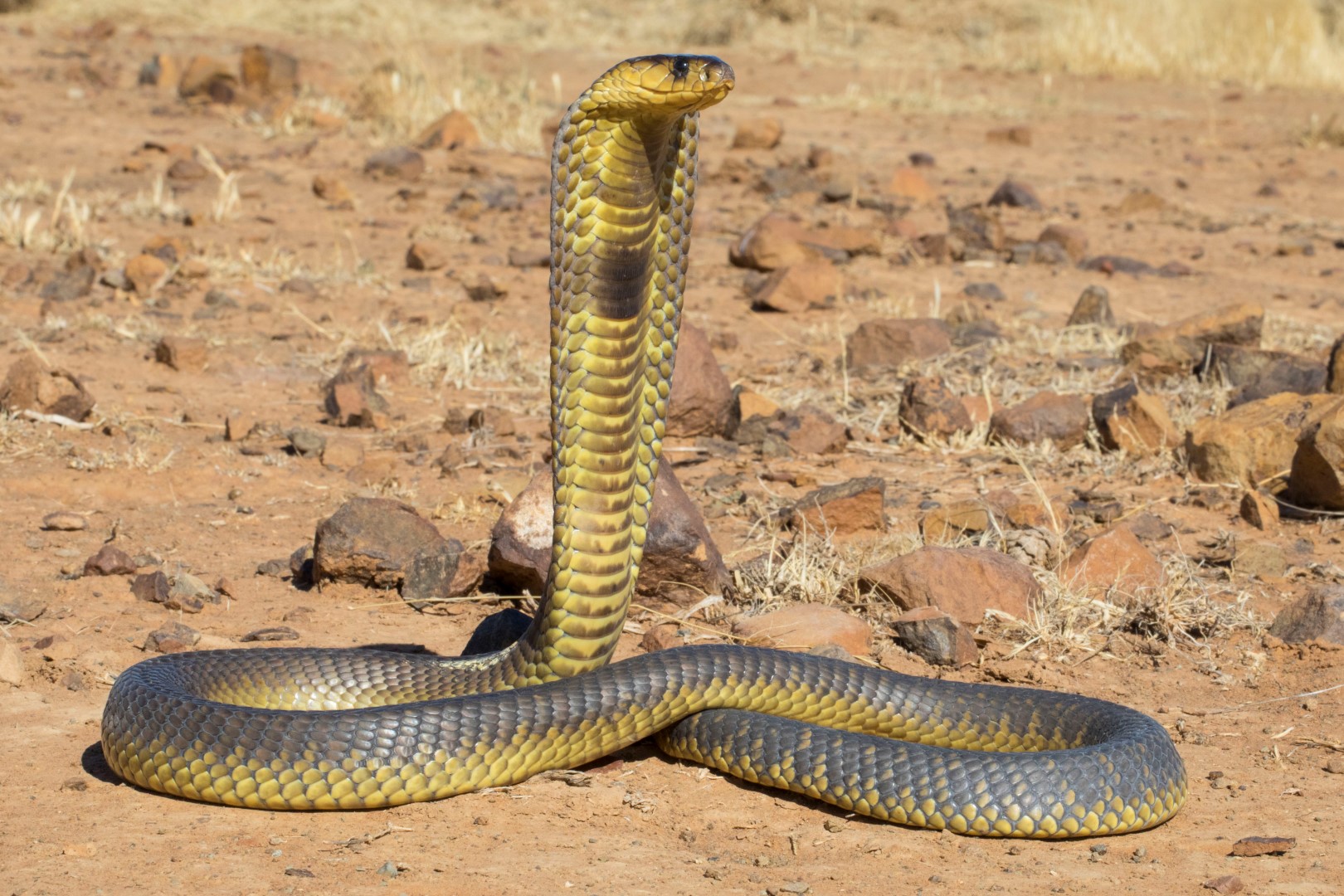Snake season soon to rear its head – here’s what you need to know
In the Lowveld, the risk is especially high with 75 different types of snakes. Roughly half of them have no venom while six are considered potentially lethal.

We are approaching snakebite season and 2019 has been a particularly bad year with lots of bites.
According to Johan Marais of the African Snakebite Institute, around 4 000 people are bitten by snakes each year in South Africa, with close on 800 being hospitalised.
Between 10 and 12 snakebite victims do not survive.
In the Lowveld, the risk is especially high with 75 different types of snakes. Roughly half of them have no venom while six are considered potentially lethal.
Snake encounters are quite common as snakes often venture into gardens or houses. Keeping snakes out of properties is no easy task as many of them are active hunters and they could enter your property when searching for food.
Unfortunately, there is no such thing as snake repellent. Extensive experimental research at two South African universities has shown that nothing repels snakes. This includes the likes of Jeyes Fluid, Condy’s Crystals, old car oil, various plants, diesel and commercially available snake repellents. Nothing works.
It is advisable to keep your property clean, remove building rubble and piles of rocks and check for rodents and frogs (water features and fish ponds attract frogs as would security lights as they attract bugs) but even then it is not a guarantee that snakes will stay away.
Should you encounter any snake on your property or in your house, immediately retreat at least five paces (spitting snakes such as the Mozambican spitting cobra can spit up to three metres) and observe the snake from a safe distance. Never attempt to kill or catch any snake – it is just too risky. It is best to immediately call a snake remover in the Lowveld and the best way to find the closest one is to download the free app called ASI Snakes (https://bit.ly/snakebiteapp).

The snake that accounts for most serious snakebites in the Lowveld is the Mozambique spitting cobra, also known as the imfeti (in Siswati). This active hunter moves around in the late afternoon or evening, looking for frogs, rodents, birds, eggs and even other snakes. It may accidentally end up in houses entering through open doors or sliding in through the gap under doors, and people often get bitten while asleep.
ALSO READ: Lockdown through the eyes of a seasoned KNP ranger
The venom of the Mozambique spitting cobra is cytotoxic, causing pain, swelling and blistering and could result in severe tissue damage. It is slow-acting and fatalities are rare. Venom in the eyes is extremely painful and needs to be rinsed immediately with lots of water and the victim must be taken to a medical doctor who will examine the eyes for corneal damage and treat them with local anaesthetic and antibiotic cream or drops to prevent secondary infection.

After the Mozambique spitting cobra, the puff adder accounts for the second-most serious snakebites in the Lowveld. It is a short fat snake that relies largely on camouflage and does not move great distances. Most victims are bitten when accidentally standing on one. Its venom is also cytotoxic and symptoms are like that of a Mozambique spitting cobra bite.

Bibron’s stiletto snake, previously called a mole adder or side-stabbing snake, is poorly known and accounts for many painful bites. It is a smallish brown to blackish snake that averages 30 to 40 centimetres in length and spends most of its life living underground, but comes to the surface on warm evenings, especially after rain. It has large fangs that can protrude out of the sides of the mouth without the snake even opening its mouth and most victims are bitten when accidentally standing on one. Another problem is that this snake cannot be picked up safely because of the protruding fangs. If you try to handle one in any way you will get bitten.
Stiletto snake venom, though not potentially deadly, is potently cytotoxic causing a lot of pain and blistering and a bite might result in part of a finger or thumb being amputated. There is no antivenom for the bite of the stiletto snake.

Black mambas (there are no green mambas in the Lowveld) are shy and elusive snakes and are very quick to escape if given the chance. If cornered or provoked, the black mamba will bite readily and its venom is neurotoxic, quickly causing progressive weakness. Victims will experience pins and needles in their lips, difficulty with swallowing, droopy eyes and dilated pupils and difficulty with breathing. Victims need to be hospitalised urgently.
The other medically important snake in the Lowveld are the snouted cobra, boomslang, twig snake (vine snake) and night adders, but they seldom feature in serious bites. Berg adders are found at higher altitudes and also have a nasty venom. Most victims need to be hospitalised.




